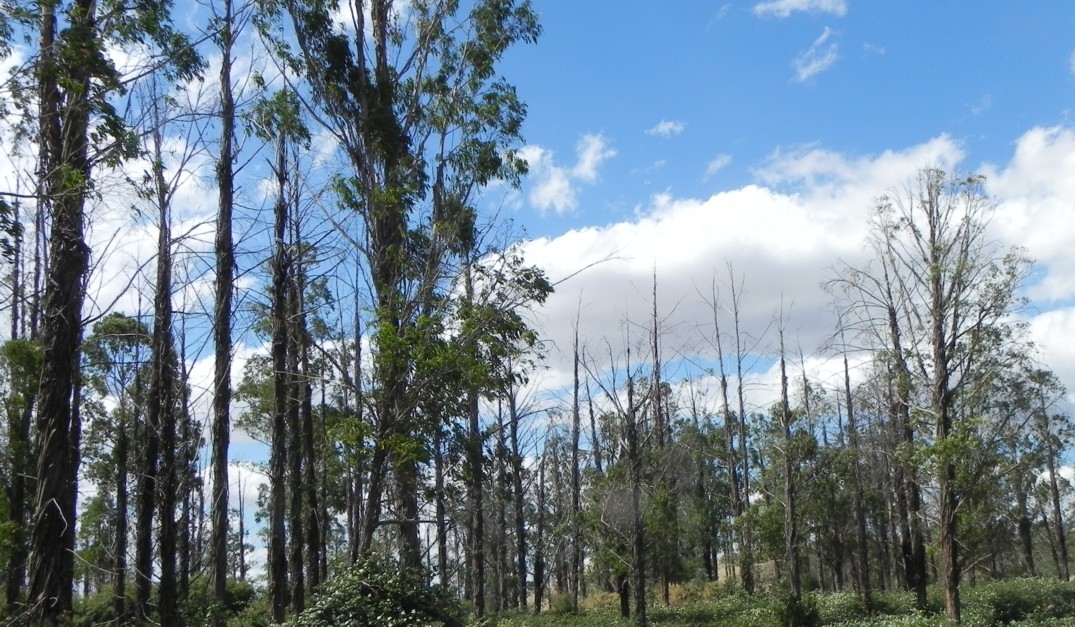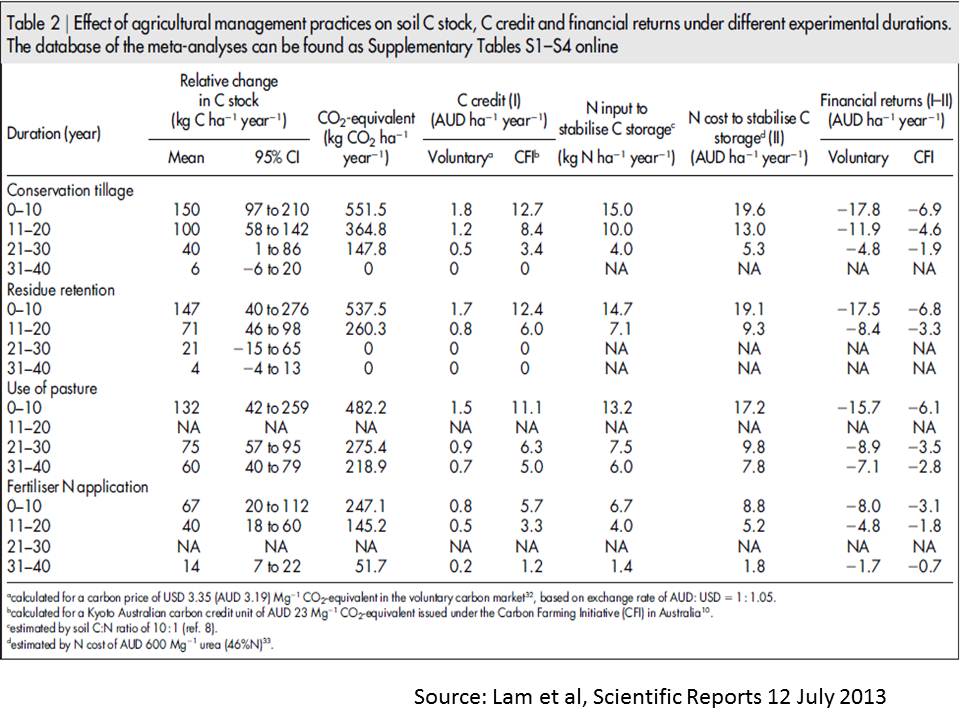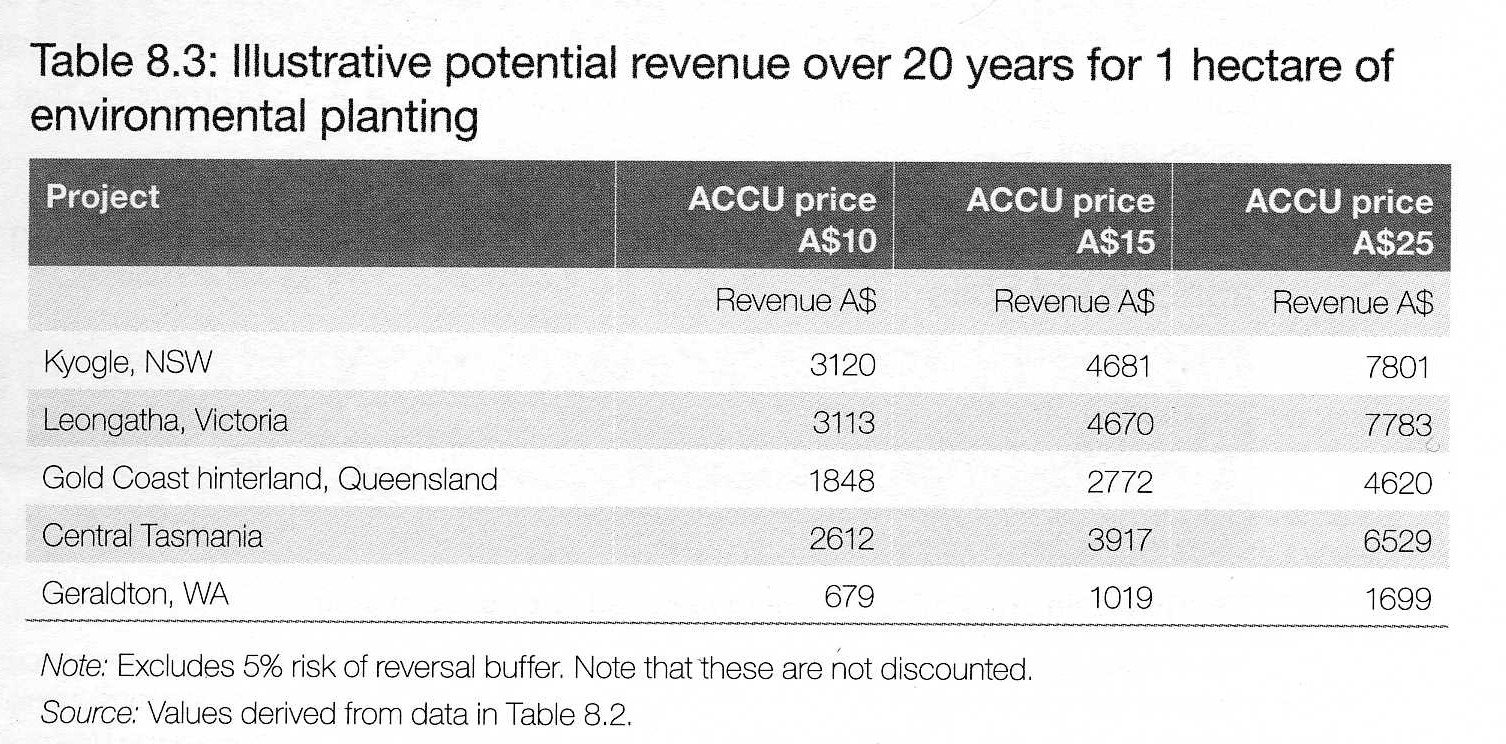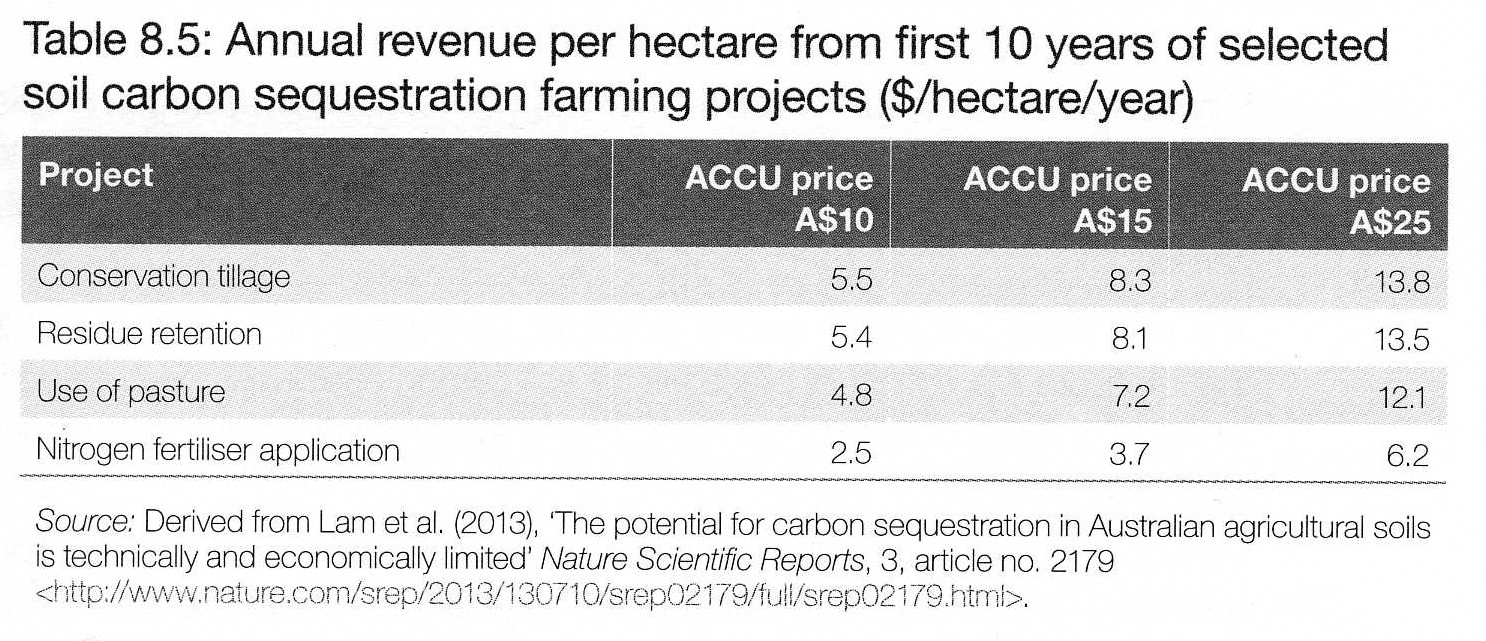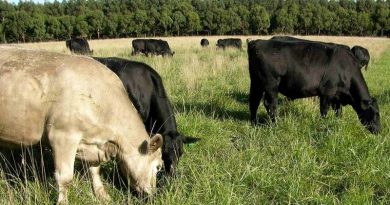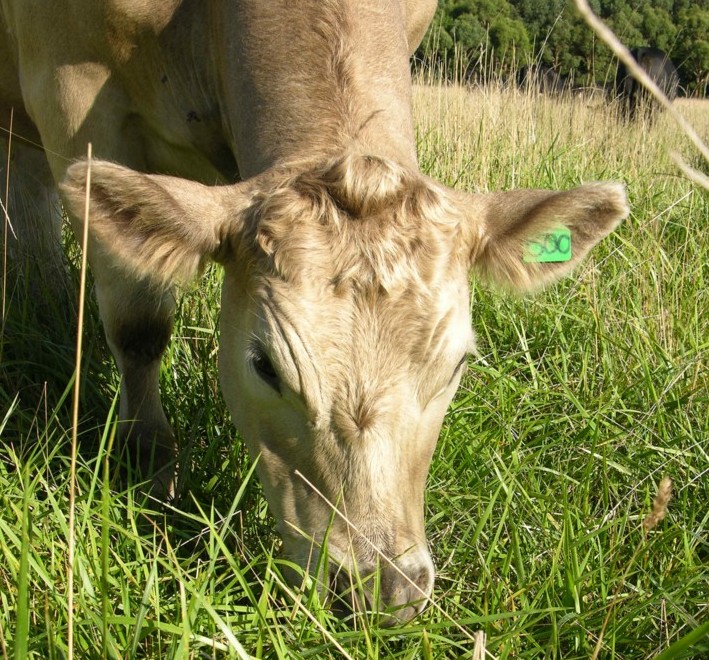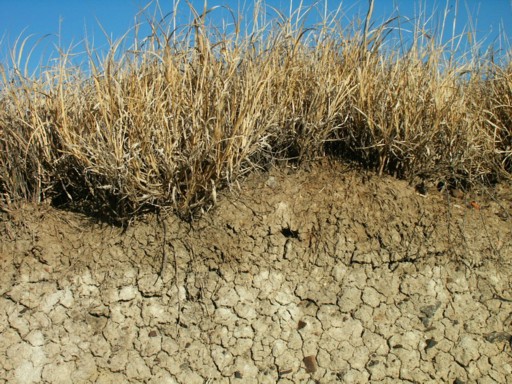So called “carbon farming” fails to embrace broadacre farmers
High hopes for soil carbon revenue dashed
By Patrick Francis
After attending a workshop entitled “The business case for carbon farming: improving your farm’s sustainability” at Euroa Victoria in mid- March, I left wondering how can such a straightforward process be so badly botched, that I don’t want to be involved. The 10 other farmers who attended seemed to have reached a similar conclusion when they left.
The workshop was wonderfully presented by Mick Keogh, executive director of the Australian Farm Institute, a person with an excellent and unbiased knowledge of carbon farming and trading. Given the small attendance the workshop was like a five hour tutorial. The initiative to present these workshops around Australia is part of the Federal Governments publicity campaign for the Emissions Reduction Fund which was formerly the Carbon Farming Initiative (both names are still used). The workshop discussion which Keogh led was based on a detailed report prepared for the Kondinin Group by The Centre for International Economics and funded by the Federal government.
Despite the name changes and tweaking of some procedures for carbon sequestration or carbon abatement methodologies between the previous Carbon Farming Initiative and the Emissions Reduction Fund, the bottom line messages for the program have not significantly changed for me. If anything the Emissions Reduction Fund will be less attractive to farmers for most methodologies (also called methods) as the dollars available for tradable carbon units is lower in the new program than the former program (which started with the Australian Carbon Credit Unit at $23/tonne CO2e pegged for three years). Here are my take home messages from the workshop:
- If you are a farmer who has spent years since 1990 building climate resilience, increasing biodiversity, sequestering carbon in plantations and conservation corridors, minimising greenhouse gas emission or boosting soil carbon with regenerative cropping and livestock grazing practices, forget about being rewarded for your contribution. That sequestered carbon doesn’t qualify.
Figure 1: Most professional cropping farmers have been developing strategies to reduce greenhouse gas emissions per hectare of crop planted for more than a decade. Source: Birchip Cropping Group.
- If you have been an early adopter of farming methods which ensure carbon sequestration and abatement is happening, then continuing with those practices won’t qualify for you to be involved in an Emissions Reduction Fund project because your management is not “additional” to what you have been doing in the past. So it is likely that if you have been using techniques such as pasture cropping, ley cropping, holistic grazing, summer rest from grazing etc as standard management you would be ineligible to develop a project involving those techniques.
- The price paid for a standard Australian Carbon Credit Unit (ACCU) is likely to be too low to compensate for all the costs and risks involved in a most Emissions Reduction Fund methods already approved or likely to be developed on farm land across the cropping and higher rainfall grazing zones. At the anticipated post April 2014 ACCU price of around $6 per tonne of CO2e the calculator tool available on the Kondinin web site demonstrates a negative return for broadacre farm projects. The $6 figure is derived from the fact the government has allocated $2.5billion dollars to purchase ACCUs and its target is to reduce Australia’s emission to 5% below 2000 level by 2020. The ACCUs will be purchased by the Clean Energy Regulator at the lowest available price, generally through reverse auctions. This means emissions must be reduced by 131 million tonnes of CO2e, figure 2. Minimum ACCU prices of around $25/tCO2e for tree carbon sequestration methods, and around $40/tCO2e for soil carbon sequestration methods are being suggested before interested broadacre farmers would entertain being involved in a project.
Figure 2: Emission reduction task based on the most recent projections (Million tonnes CO2e). Source: The Business Case for Carbon Farming, Kondinin Group 2015.
- While reforestation and afforestation methods have produced the second highest number of Agricultural ACCUs to 27 November 2014, table 1, the risk factors associated with tree carbon sequestration methods are complicated by lack of silivculture knowledge in grazing environments which are now being challenged by more variable rainfall as climate change impacts intensify. In other words given the minimum duration of a tree carbon sequestration project is 25 years, there is considerable risk associated with planting a particular species, even if it is an local one, that it will continue to sequester carbon at projected or modelled rates or that deaths rates won’t exceed modelled rates.
Tree planting for carbon sequestration can have considerable risk as this initially successful plantation established on high quality pasture land demonstrates. The 18 year old trees began dying after approximately 16 years. Photo: Patrick Francis.
While commercial forestry for timber projects are sometimes incorrectly modelled, the financial outcomes for the tree owners are manageable, for example extra thinning can be employed, or harvest delayed until required volumes are achieved. With an Emissions Reduction Fund reforestation method, the shortfall in ACCUs at year 25 must be made up by the farmer, or the farmer’s descendants or next owner. The project could become a poison chalice for the property.
Table 1: Approved agricultural methodologies at 27 November 2014. Source: The Business Case for Carbon Farming, Kondinin Group 2015.
- Despite the low ACCU price, there still seems to be some scope for pig, poultry, intensive dairy farmers and possibly cattle feedlots to participate through emissions avoidance methods associated with capturing methane from manure ponds. While the abatement income might not by itself be economic, production co-benefits such as heat or electricity may mean other costs associated with the business are reduced or even additional income generated from a feed-in-tariff. This is an example of co-benefits combining to make a method economic to adopt.
- The issue of co-benefits associated with tree planting Emission Reduction Fund projects was raised in the Kondinin’s business case for carbon farming as a potential means to add value and possibly achieve an economic return from being involved. While co-benefits are not on the federal government or state government’s agenda at the moment they at least highlight that some bureaucrats are taking a more holistic perspective to ecosystem services. In the case of tree planting, ACCUs are generated from carbon sequestration, but the same trees may also improve biodiversity, reduce a saline water table, provide shade and shelter for livestock, prevent soil erosion and improve water quality. The authors provided potential dollar values for co-benefits, despite not providing a range for the values as benefits will be highly variable between properties, table 2. It should be noted as well that many of the stated co-benefits may not apply on individual farms.
- Increasing soil carbon as a sequestration method, received plenty of attention in the Kondinin report provided to the workshop. However, given there are so many uncertainties surrounding accurate soil carbon measurement (base line and improvement) over large paddocks, relatively small possible gains and issues relating to retaining soil carbon gains, the impression given is that it is unlikely to be economic at the anticipated ACCU price. “ACCU revenues alone will not be sufficient to justify the (soil carbon) project if the ACCU price is lower than $24” the report says. This figure is derived from an accepted assumption by the workshop manual authors “…that additional nitrogen is required to fix carbon in the soil” and keep a 10 to 1 ratio between carbon and nitrogen in the soil. This means the relationship between the benefits and costs of the project are directly impacted by the price of nitrogen in the form of urea. The urea fertiliser requirement is controversial as it means there is no recognition of contribution to soil nitrogen stocks from free living nitrogen fixing bacteria which build up as soil carbon content increases, and from nitrogen fixation via legume crops and pastures species such as sub clovers during a pasture phase. The data being relied upon for the conclusion is a 2013 meta-analysis by Lam et al of “…increasing the soil carbon by improved management practices”. The practices were conversion from conventional to no-till or reduced tillage, residue (stubble) retention, conversion to permanent pasture, fertiliser application. While all show they improve soil carbon level to varying degrees especially in the top 10cm, the trial data involved isolates strategies for measurement purposes and doesn’t combine them as farmers do into farming systems. The Lam et al data demonstrates that even at $23/tCO2e none of the strategies are financially viable, table 3. The impact of combined strategies may be different but it is not analysed in this meta-analysis. Furthermore, even if the ACCU price was sufficiently high to justify a project, most cropping farmers projects to increase soil carbon may be ineligible due to the “additionality” rule.
Table 3: Analysis of many conservation cropping trials by Lam et al shows there is no financial case for increasing soil carbon even when ACCUs are $23/tCO2e. Source Lam et al 2013.
The Kondinin review doesn’t include the pasture cropping strategy as a method for increasing soil carbon. Nor does it mention grazing and pasture management strategies for increasing soil carbon in higher rainfall and rangeland pasture zones. The reason is possibly due to lack of scientific papers which demonstrate the impacts of these strategies on soil carbon content. There are a number of farm consultants and farmers who advocate and practice regenerative farming methods who contend soil carbon levels can be significantly increased using these strategies. Only time will tell if they can demonstrate a commercially attractive soil carbon increasing method which can generate sufficient ACCUs per hectare to make a project financially viable. Once again the most significant financial (and environmental) benefits from increasing soil carbon are more likely to come from co-benefits rather than any ACCUs which might be generated with all their inherent legal contracts risks.
- The Kondinin review demonstrates a stark contrast between the financial potential of a soil carbon sequestration project and a farm trees sequestration project. On the data provided in tables 4 and 5 the only likely commercially viable Emission Reduction Fund projects for broad acre farmers in the cropping and higher rainfall pastures zones across Australia will be associated with reforestation (tree planting) projects.
Table 4: Illustrative potential revenue with different ACCU prices over 20 years for one hectare of environmental planting in five agricultural regions of Australia. Source: The Business Case for Carbon Farming, Kondinin Group 2015.
Table 5: Annual revenue per hectare from first 10 years of selected soil carbon sequestration farming projects ($per hectare per year). Source: The Business Case for Carbon Farming, Kondinin Group 2015.
- It is interesting that there were no estimates of co-benefits associated with soil carbon sequestration. That’s odd as co-benefits from increasing soil carbon if it has been significantly depleted by past management are already well known and responsible for major improvements in cropping and pasture productivity as well as ecosystem services such as biodiversity improvement (soil food web), improved soil water holding capacity, cleaner water, improved livestock nutrition and welfare, and climate resilience. Co-benefits have been driving the adoption of soil carbon enhancing practices on cropping and livestock farms for the last 10 to 15 years and are becoming more important as climate change impacts develop. It is unfortunate that the soil carbon increases generated (if converted into ACCUs) could not be more easily rewarded by a less complicated Emission Reduction Fund.
While the Kondinin Group workshop provides a mostly bleak outlook for Emission Reduction Fund projects on broadacre properties, for anyone interested in how the program and legislation works, it is well worth the time attending. The Group’s review booklet is also a valuable resource as it puts the entire complicated process into a readable format.
Find out more: Kondinin Group, www.kondiningroup.com.au



